Marines conduct a simulated amphibious assault during a combat readiness evaluation at Marine Corps Base Camp Pendleton, Calif., Nov. 2, 2020.
Providing up-to-date information, news and original content on American Military issues.
Marines conduct a simulated amphibious assault during a combat readiness evaluation at Marine Corps Base Camp Pendleton, Calif., Nov. 2, 2020.
Marine Corps 1st Lt. Blake Schwartz fires an M4 carbine during training at Marine Corps Base Camp Pendleton, Calif., Nov. 4, 2020.
Marine Corps recruits practice martial arts techniques at Marine Corps Recruit Depot Parris Island, S.C., Nov. 6, 2020.
Marines conduct a simulated amphibious assault during a combat readiness evaluation at Marine Corps Base Camp Pendleton, Calif., Nov. 2, 2020.
Marine Corps Lance Cpl. Hansel Figueroa Martinez clears an M777 howitzer during training at Camp Lejeune, N.C., Nov. 3, 2020.
A Navy air-cushioned landing craft exits the well deck of the USS Makin Island for training in the Pacific Ocean, Oct. 12, 2020.
Soldiers administer COVID-19 tests at Camp Mihail Kogalniceanu, Romania, to fellow soldiers arriving from Fort Hood, Texas, Nov. 2, 2020. Army Spc. Jabari Clyburn
Army paratroopers conduct a heavy drop and fire mission during Exercise Panther Storm on the Salerno Drop Zone at Fort Bragg, N.C., Nov. 5, 2020. Panther Storm provides paratroopers the opportunity to train in joint forcible entry and combat operations.
Coast Guard SPAR Mabel Johnson celebrates her 106th birthday as a guest at the Coast Guard Pay and Personnel Service Center in Topeka, Kan., Nov. 3, 2020. Johnson, who enlisted in 1943, was given a tour by Coast Guard leaders who expressed their appreciation for the trailblazing women of the SPARS workforce. SPARS was the women’s branch of the Coast Guard Reserve during World War II.
A soldier stands watch next to an M2 Bradley infantry fighting vehicle in Syria, Oct. 30, 2020. The soldier is supporting Combined Joint Task Force-Operation Inherent Resolve.
A soldier sits in the gunner’s hatch of a mine-resistant, ambush-protected all-terrain vehicle in northeast Syria, Nov. 2, 2020. The soldier is supporting Combined Joint Task Force-Operation Inherent Resolve.
Nov. 6, 2020 | BY David Vergun , DOD News
The Department's statutory mission is to serve as the single lead agency for the detection and monitoring of the aerial and maritime transit of illicit drugs into the United States, explained another Defense Department official, Mathew J. Flynn, deputy assistant secretary of defense for counternarcotics and global threats explained.
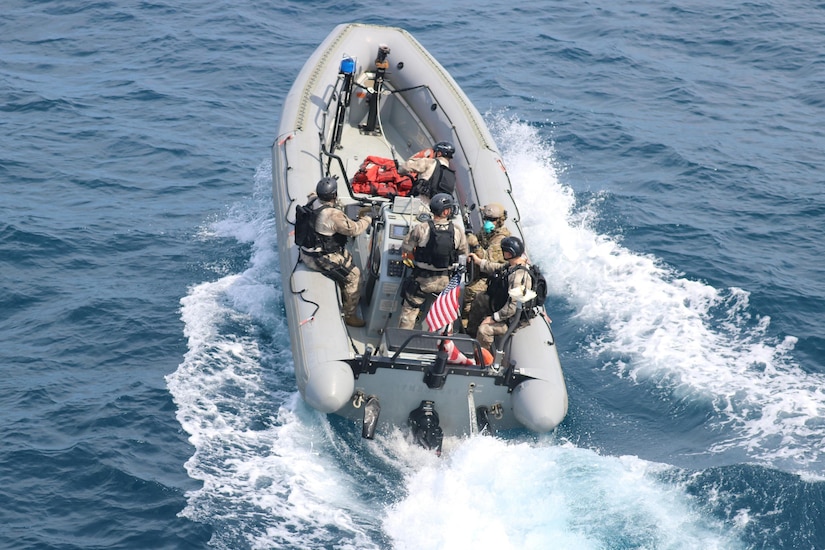
One priority of the strategy is to reduce the availability of illegal drugs in the United States, Flynn said. "By performing this priority mission, DOD helps deter, disrupt and degrade potential threats before they reach the United States and harm our citizens," he said. With help from DOD, federal agencies — such as the Coast Guard, the Drug Enforcement Administration, Customs and Border Protection and others — are enhancing their efforts focused on the interdiction of heroin, cocaine, fentanyl, methamphetamines and precursor chemicals in the air and maritime approaches to the United States and along its borders. Flynn said the DOD aims to reduce the harm posed by criminal networks. "Through our programs, we disrupt and degrade drug trafficking and other illicit threat networks, in order to reduce them to a level where they no longer threaten United States citizens and U.S. national security," he said.
In conjunction with other U.S. departments and agencies and international partners, DOD also supports the administration's national priority to identify, disrupt and degrade transnational criminal organizations, or TCOs, by targeting their infrastructure and preventing the criminal facilitation of their activities in various ways, Flynn said.
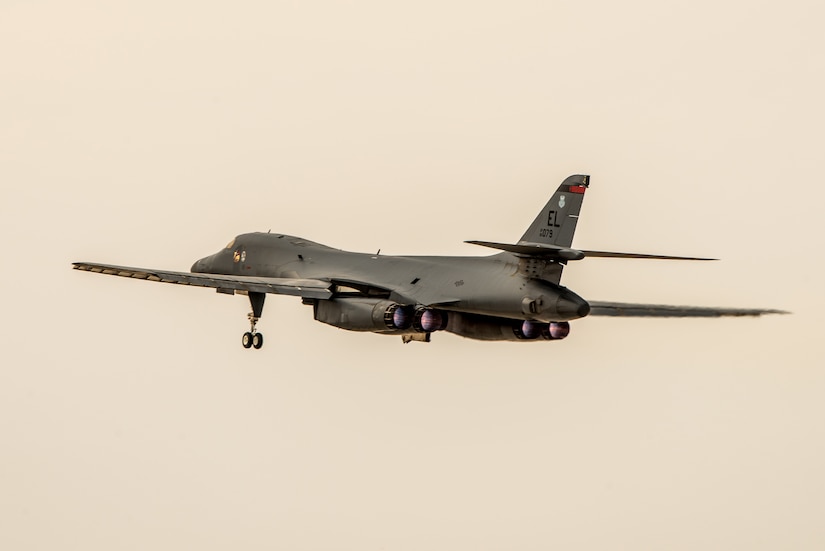
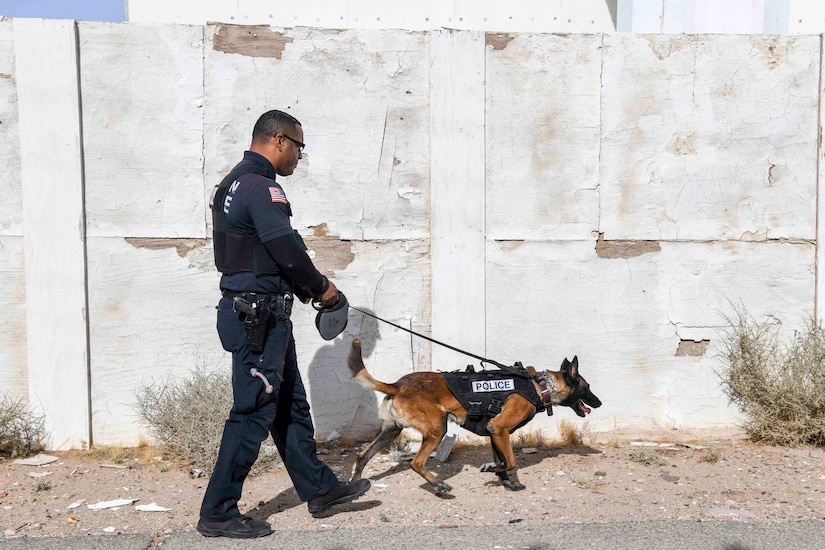
"The task of identifying and targeting drug trafficking and other illicit threat networks is complex and requires close coordination among U.S. and international intelligence, [the] military and law enforcement partners," he noted.
DOD supports U.S. government and international efforts to target TCOs at their source and build international partnerships to prevent transnational threat networks from undermining sovereign governments, decreasing regional stability and threatening the United States, he said.
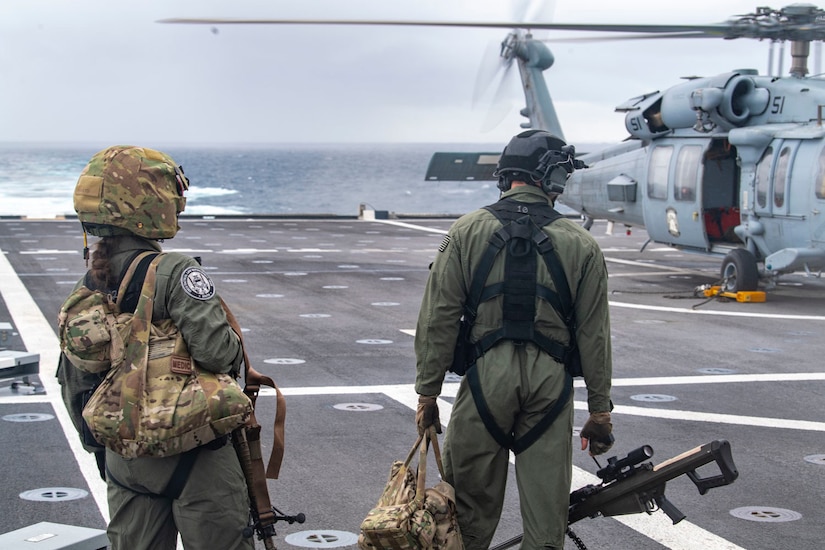
"We have small teams at the combatant commands and elsewhere in DOD that provide intelligence analysis and counter threat finance analysis support to U.S. law enforcement partners by helping them identify and understand illicit networks and financial flows," Flynn said. "With this support, our law enforcement partners are better able to disrupt the activities of drug trafficking and other transnational criminal organizations, including their abilities to generate, store, move and use money and other forms of value."
Under the authority of the assistant secretary of defense for special operations and low-intensity conflict, the department's counterdrug program is administered by the DASD for counternarcotics and global threats.
Nov. 6, 2020 | BY David Vergun , DOD News
The Defense Department's statutory mission is to serve as the single lead agency for the detection and monitoring of the aerial and maritime transit of illicit drugs into the United States. Cooperation with allies and partners, such as Mexico, is critical to that effort, said a DOD official.

"Mexico remains the source of nearly all heroin seized in the United States and is a transit route for much of the cocaine available in our country," Mathew J. Flynn, deputy assistant secretary of defense for counternarcotics and global threats, said.
Moreover, Mexican cartels take advantage of uneven precursor chemical controls to manufacture deadly drugs, such as fentanyl and methamphetamine, inside of Mexico, which also make their way into the United States, he said.
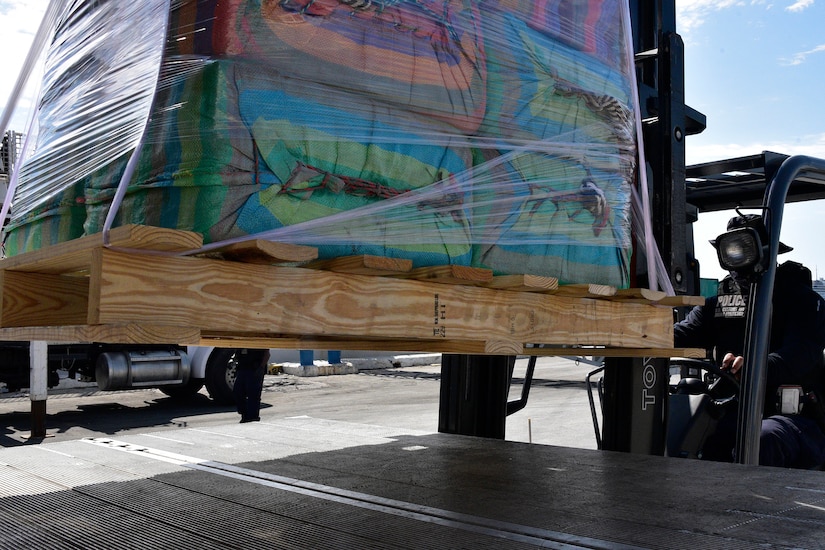
"Despite the obstacles, Mexican law enforcement and military professionals, in cooperation with their U.S. counterparts, are bravely confronting the transnational criminal organizations that threaten both of our countries," Flynn added.
While much more remains to be done in the fight against Mexican cartels, it is important to recognize the efforts of the Mexican security forces that work daily to confront the transnational criminal organizations that threaten both the United States and Mexico, Flynn emphasized.
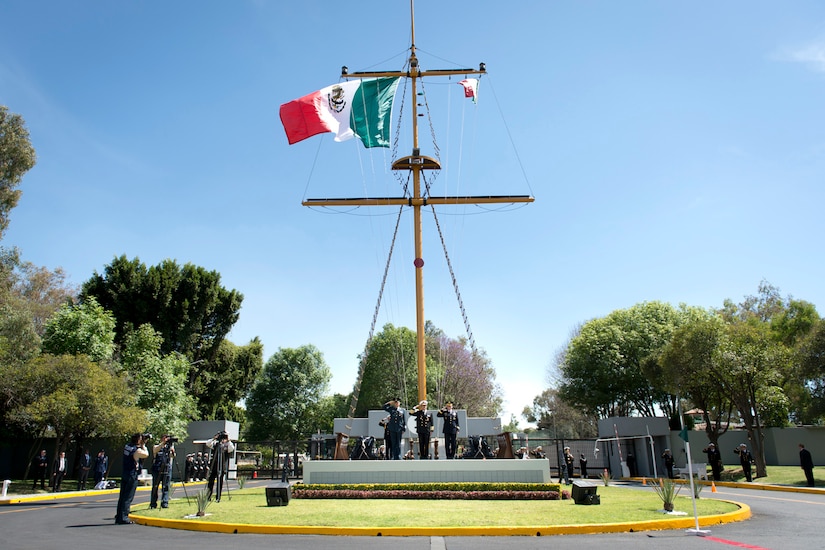
Two recent seizures highlight the efforts of Mexican agencies to disrupt the cartels' illicit activities, he said.
On Oct. 15, the Mexican army used radar data from a U.S.-provided radar in Hermosillo, a city in the northwestern Mexican state of Sonora, to track a plane carrying drugs, Flynn said.
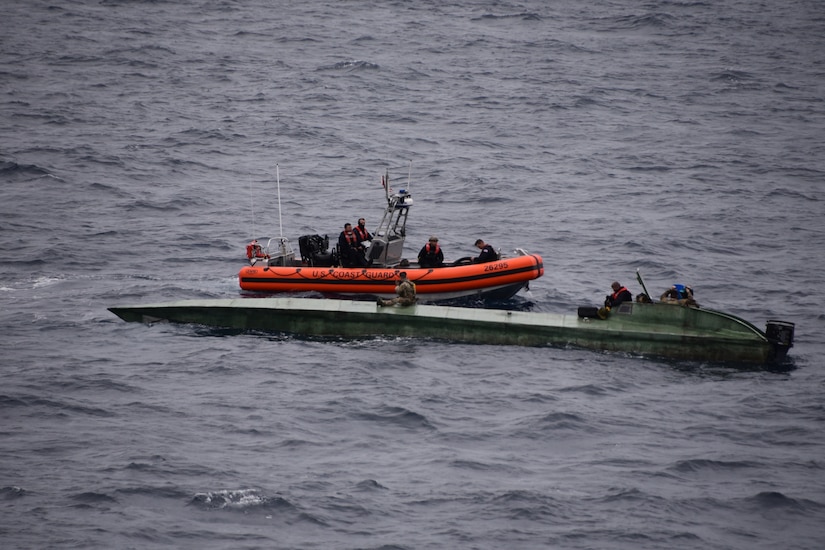
Mexican soldiers moved to the area in which the plane appeared to land and seized a "poly-load" totaling 430 kilograms of assorted drugs: 56.6 kilograms of heroin, 4.1 kilograms of fentanyl, 177.2 kilograms of cocaine and 192.6 kilograms of crystal methamphetamine, he said.
On Oct. 20, the Mexican navy informed U.S. officials of a suspicious vessel off the coast of Colima state, Mexico, Flynn said. The Mexican navy maneuvered six of its vessels to the suspicious vessel, then boarded it and discovered 1.1 metric tons of cocaine.

A DOD official said that Mexican drug interdictions have been relatively low, and drug cartel violence remains at disturbingly high levels. "These organizations present a clear threat to Mexico and the Mexican government's ability to exert effective control over parts of its country."
A soldier assigned to the Oklahoma National Guard walks with loved ones at an Army aviation facility in Tulsa, Okla., Oct. 19, 2020, upon returning from a yearlong deployment to the U.S. Central Command area of operations.
Airman 1st Class Johnathan Jenkins, 4th Component Maintenance Squadron aerospace propulsion apprentice, performs an augmented inspection on an F-15E Strike Eagle at Seymour Johnson Air Force Base, North Carolina, Oct. 28, 2020. Jenkins entered the engine to inspect the flame holder and spray rings for cracks. (U.S. Air Force photo by Airman 1st Class Kimberly Barrera)
The guided missile destroyer USS Sterett steams through the night in the Gulf of Oman, Nov. 4, 2020.
Students gift sailors with traditional clothing during the opening ceremony of their school house in Baucua, Timor-Leste, Oct. 30, 2020. The school, constructed by U.S. and Timorese service members, will provide a safe space to educate over 1,500 students while strengthening the nation’s infrastructure.
Navy Petty Officer 3rd Class Jaclyn Smith tests jet fuel at Naval Air Station Sigonella, Italy, Oct. 22, 2020.
Nov. 6, 2020
The Department of Defense (DOD) has released details on major defense acquisition program cost, schedule, and performance changes for the December 2019 reporting period. This information is based on the comprehensive annual Selected Acquisition Reports (SARs) through the first quarter of FY 2020, as updated by the President’s Fiscal Year (FY) 2021 budget submitted to Congress on May 26, 2020.*
SARs summarize the latest estimates of cost, schedule, and performance status. These reports are prepared annually in conjunction with submission of the President's Budget. Subsequent quarterly exception reports are required only for those programs experiencing unit cost increases of at least 15 percent or schedule delays of at least six months. Quarterly SARs are also submitted for initial reports, final reports, and for programs that are rebaselined at major milestone decisions.
The total program acquisition cost estimates provided in the SARs include research and development, procurement, military construction, and acquisition-related operations and maintenance. These totals reflect actual costs to date as well as future anticipated costs. All estimates are shown in fully inflated then-year dollars.
The prior estimate of program acquisition costs for programs covered by SARs for the reporting period for December 2018 (87 programs) was $2,022,806 million. The current estimate for December 2019 (86 programs) is $2,020,299 million.
To view the full news release and SAR Summary Tables, click here.
Nov. 6, 2020 | BY SEAMAN LUKE CUNNINGHAM, NAVAL MEDICAL CENTER SAN DIEGO
Navy Seaman Melodie Abell, a hospital corpsman, assigned to Naval Branch Health Clinic, Marine Corps Recruit Depot San Diego, plays a vital part in processing Marine Corps recruits while ensuring their health and wellness during the coronavirus pandemic.

Abell, a California, Maryland, native and 2019 graduate of James Clemens High School, arrived at NBHC, MCRD San Diego November 2019. Abell oversees the recruits' vaccination process and ensures their medical records are properly built. New Marines leaving Abell's care are medically ready for the fleet.
COVID-19 not only changed the way NBHC, MCRD San Diego provides health care to its patients, but it also created new challenges for medical staff as well. Abell said that while growing up in her hometown, she faced a lot of adversity and change.
"With the Navy's ever-changing circumstances, especially working as medical personnel during the pandemic, I felt better prepared once everything started changing so rapidly," Abell said.

Abell comes from a family rooted in the Marine Corps. Her grandfather, father, uncle and husband have all served as Marines.
"Coming from a family of Marines, I always admired those who serve," Abell said. "Working at MCRD, I'm forever proud that I am a part of the important stepping stone in getting medically-ready Marines to the fleet."
Hospital corpsmen are at the frontline of the COVID-19 pandemic, and are involved in almost every facet of Navy medicine. When asked what the legacy of the hospital corpsman rating means to her, Abell said that she is proud when people ask her what she does for a living.
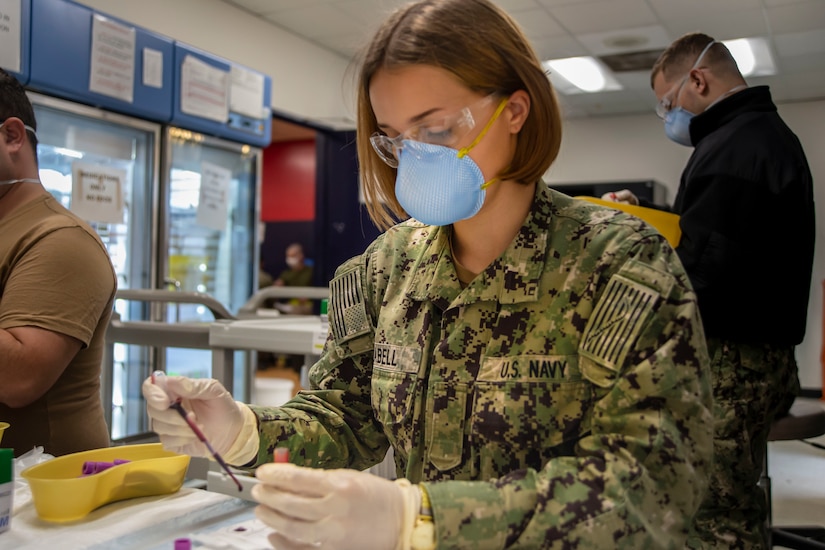
"I can not only tell them I'm in the Navy, but I also serve as a [hospital] corpsman," Abell said. "I am a part of the most decorated enlisted rating."
Navy hospital corpsmen have earned 22 Medals of Honor, 179 Navy Crosses, 959 Silver Stars and more than 1,600 Bronze Stars. Twenty ships have been named in honor of hospital corpsmen.
NMCSDs mission is to prepare service members to deploy in support of operational forces, deliver high quality health care services, and shape the future of military medicine through education, training and research. NMCSD employs more than 6,000 active duty military personnel, civilians and contractors in Southern California to provide patients with world-class care anytime, anywhere.